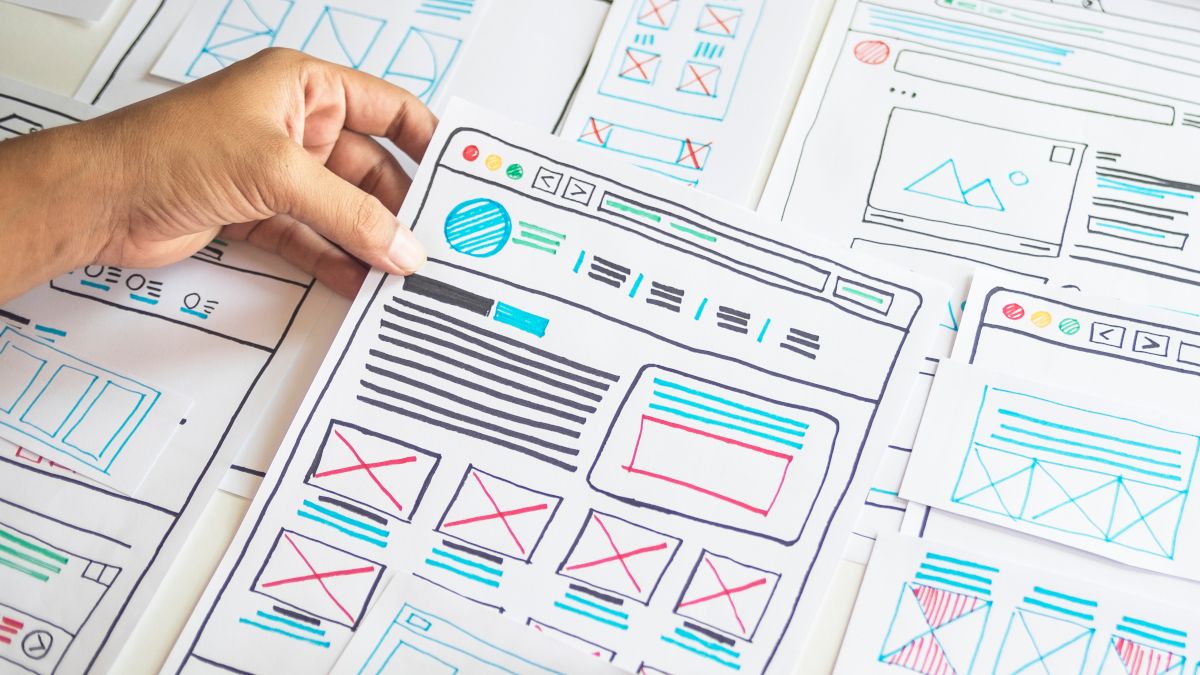You'll likely hear the term "UX" used a lot, especially among designers or web engineers, in conjunction or seemingly interchangeably with UI (user interface). But what exactly is it? Find out below.
What Is UX, and What Does It Mean?
UX stands for "User Experience," and it encompasses the entire relationship between the user and a product. What that looks like will depend on the industry and product that we're talking about.
The term was invented by Don Norman, an engineer at Apple and co-founder of the Nielsen Norman Group, in the 1990s. Norman describes UX this way:
"'User experience' encompasses all aspects of the end-user's interaction with the company, its services, and its products."
Norman still writes on UX and UX design today, and you can see those articles here.
UX has also been called a "human-first approach" to product design, whether that product is physical or digital. Knowing this, it's easy to see how it can be confused with UI and UI design---the interface that someone uses affects their experience, after all.
The definition of UX isn't constrained to just tech products, although that's where we see it used the most. It can be applied to any product that people use and interact with, from smart thermostats to traffic lights to a coffee maker. Basically, anything that can be experienced by someone.
A Focus on the User Journey
When a UX designer approaches a product, they think about the entire process that someone will go through when experiencing it. They ask:
- What emotions will they be feeling?
- Will they get hung up on or confused about anything?
- What problems are people trying to solve by using this product?
- Can the process of solving those problems be improved through design?
The path that someone goes down when using a product, from when they first interact with it to when they're finished using it, became known as the user journey. And that journey has become the cornerstone of UX design.
John Amir-Abbassi, former UX researcher at Facebook and current UX research manager at Google, describes UX like this in an interview with User Testing:
"User Experience Design is an approach to design that takes into account all the aspects of a product or service with the user. That includes not only the beauty and function: (usability and accessibility) of a product or a flow, but also things like delight, and emotion---things that are harder to engineer and achieve."
UX also takes into account accessibility for people of all types and ideally, attempts to make a product as usable and enjoyable as possible for as many people as possible. People in UX design can come from a wide spectrum of fields, from programming to psychology, because of this core need to understand the user.
UX Design Considerations
When designing the UX of a product, several aspects need to be thought over. Together, they make up the "why, what, and how" of a product's use.
While UI and UX often go hand-in-hand with one another, they aren't exactly the same thing. One deals much more with the intangible aspects of a product's use, while the other focuses more heavily on the mechanics.
UX research usually starts with research into the target user, sometimes with the creation of "personas," or fictional personalities that match the target demographic. From there, the designer maps out the journey that the person in question would logically take when interacting with the product.
Putting together good UX systems also involves a lot of research into the way that people already use things day to day. If someone wants to find a restaurant near them, how do they do it? What are they feeling when they decide to do that?
UX is just one part of effective web design. There are other aspects that you have to consider and plan for, such as responsive design.

